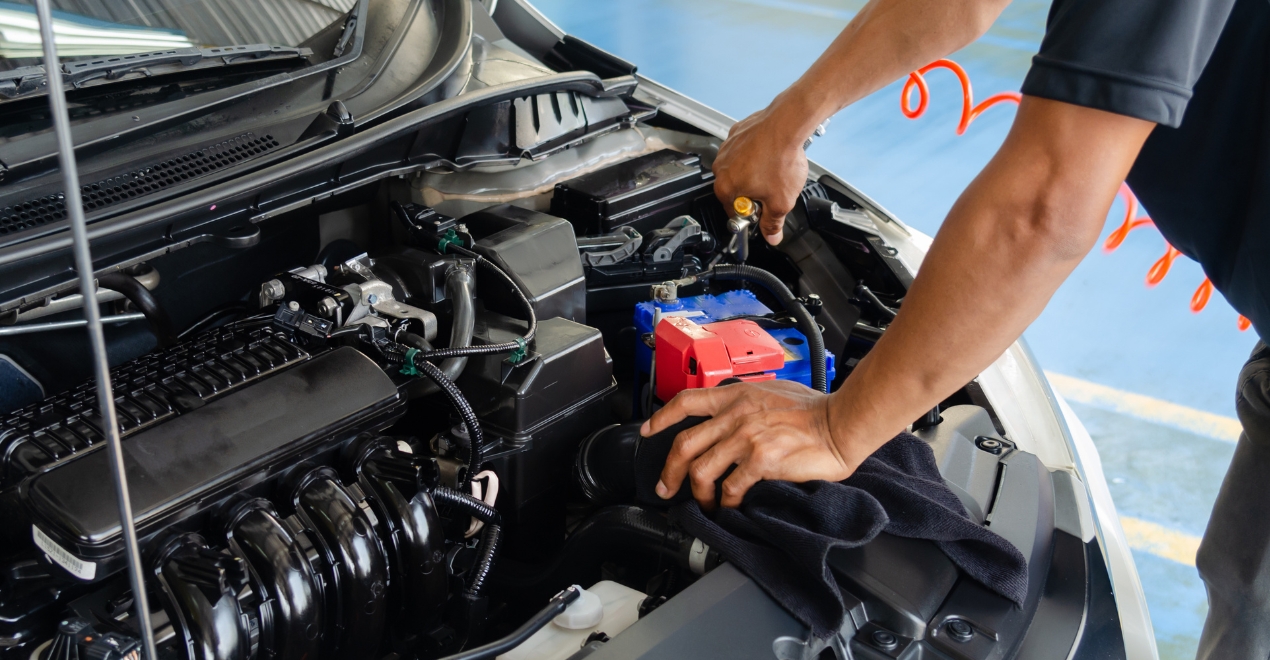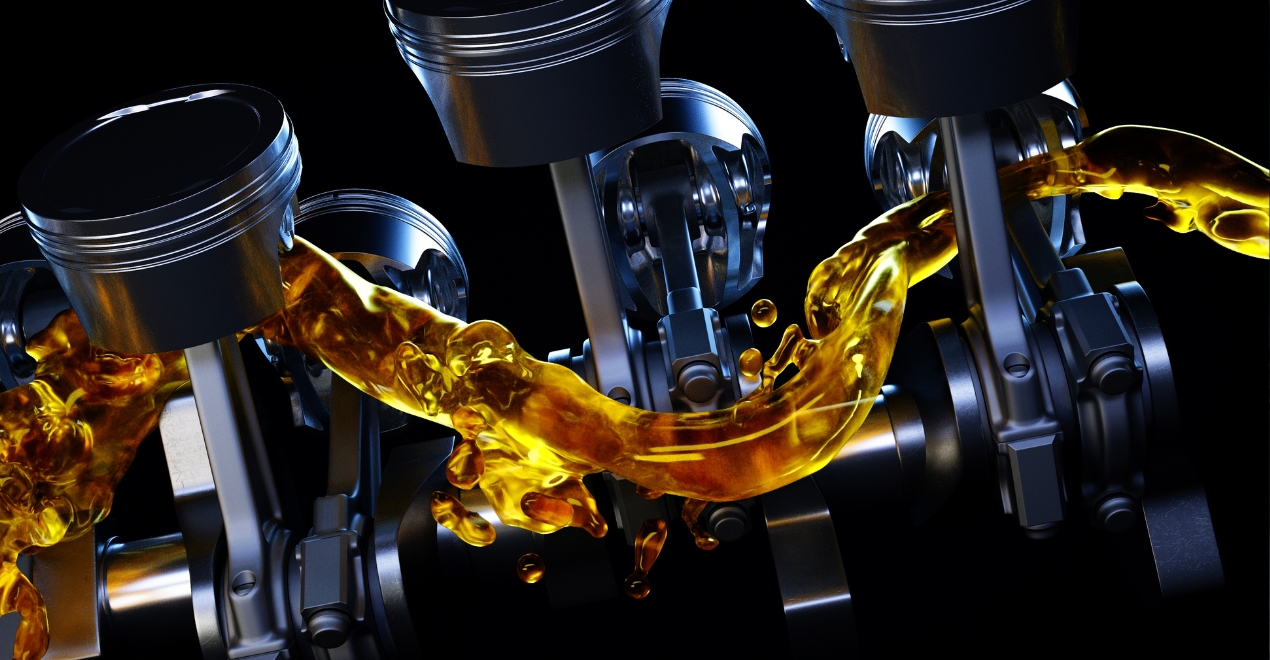Engine oil is the lifeblood of your car, lubricating moving parts and minimizing friction for optimal performance. However, just like “too much of a good thing” can have negative consequences, adding too much oil to your engine can be detrimental. This article explores the potential problems caused by overfilling your engine’s oil crankcase and provides tips for preventing this common mistake.
Understanding the Engine’s Oil System: The Role of the Crankcase

The engine’s oil system plays a crucial role in its operation. Engine oil is stored in the oil pan, also known as the crankcase, located at the bottom of the engine. An oil pump draws oil from the crankcase and pressurizes it, distributing it throughout the engine’s moving components like pistons, valves, and camshafts. This oil film reduces friction between these parts, preventing excessive wear and tear.
The oil level in the crankcase is crucial. There’s a designated safe zone indicated by markings on the dipstick. Adding oil beyond the maximum safe level can lead to a number of problems.
The Consequences of Overfilling: A Chain Reaction of Issues

Here’s how exceeding the recommended oil capacity can negatively impact your engine:
- Increased Engine Pressure: The crankcase is designed to hold a specific amount of oil. Overfilling restricts the space available for air within the crankcase. As the engine runs and heats up, the oil expands. With limited air space in an overfilled crankcase, this expansion creates excessive internal pressure. This pressure can cause:
- Oil Leaks: Excessive pressure can overwhelm the engine’s seals and gaskets, forcing them to leak oil. Leaking oil not only creates a mess but also reduces the overall oil level, potentially leading to lubrication issues.
- Blown Gaskets: In extreme cases, the intense pressure can cause gaskets to rupture completely, leading to a more significant oil leak and potentially engine malfunction.
- Foaming Oil: The churning action of the crankshaft within the overfilled crankcase can whip the too-much oil into a foamy consistency. Foamy oil loses its lubricating properties as the air bubbles interfere with the oil’s ability to form a protective film on engine components. This can lead to increased friction, wear, and tear on engine parts.
- Spark Plug Fouling: Excessive crankcase pressure can force too much oil past the piston rings and into the combustion chamber. This oil can foul the spark plugs, hindering their ability to generate a proper spark for ignition. Fouled spark plugs can lead to rough idling, misfiring, and decreased engine performance.
- Hydrostatic Lock: In a worst-case scenario, an extreme amount of oil in the crankcase can cause a condition known as hydrostatic lock. This occurs when the connecting rod, which connects the piston to the crankshaft, encounters excessive resistance from too much oil as it tries to move up and down within the cylinder. This resistance can bend or even break the connecting rod, resulting in major engine damage requiring extensive repairs.
Identifying the Signs of Overfilling: How to Spot the Trouble
If you suspect you might have overfilled your engine’s oil, here are some signs to watch out for:
- Visible Oil Leak: A noticeable oil leak beneath your car is a telltale sign that something might be wrong. While leaks can have various causes, overfilling can be a potential culprit.
- Burning Oil Smell: The burning of excess oil that has entered the combustion chamber can create a noticeable burning oil odor emanating from the engine.
- Rough Engine Idle and Performance: Foaming oil or oil-fouled spark plugs can lead to rough idling and a noticeable decrease in engine performance, such as reduced acceleration power.
- Illuminated Check Engine Light: Modern vehicles have sensors that can detect various engine issues, including excessive crankcase pressure. An illuminated check engine light, accompanied by the symptoms mentioned above, could indicate an overfilling issue.
Preventing Overfilling: Safety First!

- Add Oil in Small Quantities: When adding oil, do so gradually in small increments, typically around half a liter at a time. After each addition, reinsert the dipstick, wipe it clean, and check the oil level again. Repeat this process until the oil reaches the recommended level on the dipstick.
- Don’t Rely on Oil Change Shops Blindly: While oil change services are convenient, it’s advisable to be present during the oil change process if possible. This allows you to visually verify the amount of oil being added and ensure it doesn’t exceed the safe limit.
- Wipe Up Spills Immediately: Any oil spilled during the refilling process should be wiped up immediately. Leaving oil on the engine block can attract dirt and debris, potentially contaminating the oil when you check the dipstick in the future.
Addressing Too Much Oil: Taking Corrective Action
If you suspect you’ve overfilled your engine, don’t panic! Here’s what you should do:
- Don’t Start the Engine: Resist the urge to start the engine if you believe you’ve added too much oil. Running the engine with an overfilled crankcase can exacerbate the problem.
- Drain the Excess Oil: Locate the engine’s too-much oil drain plug and carefully drain some of the oil until the level on the dipstick reaches the recommended safe zone. Consult your owner’s manual or a qualified mechanic for specific instructions on draining engine oil safely.
- Seek Professional Help (If Necessary): If you’re uncomfortable draining the oil yourself, it’s best to err on the side of caution and seek assistance from a qualified mechanic. They can safely drain too much oil and ensure your engine is operating correctly.
Conclusion: Knowledge is Power. Maintain Your Engine for Optimal Performance
Understanding the risks associated with overfilling your engine’s oil empowers you to practice safe oil-adding habits. Following the recommendations outlined above can help prevent this common mistake. Remember, regular oil changes using the correct oil type and viscosity are crucial for maintaining a healthy engine. By prioritizing preventative measures and addressing any overfilling issues promptly, you can ensure your car runs smoothly and efficiently for miles to come. So, the next time you check your engine oil, take your time, read the dipstick carefully, and avoid the temptation to overfill!
Reach out to the Crossroads Helpline for expert advice!

